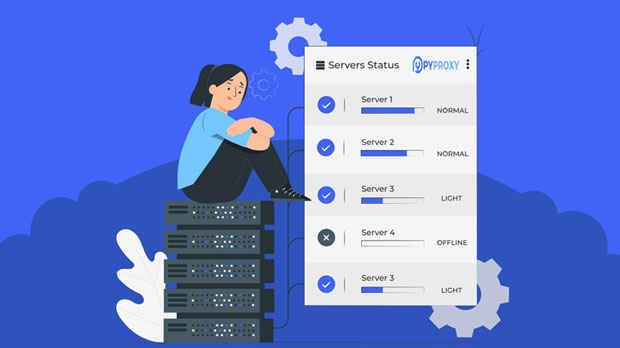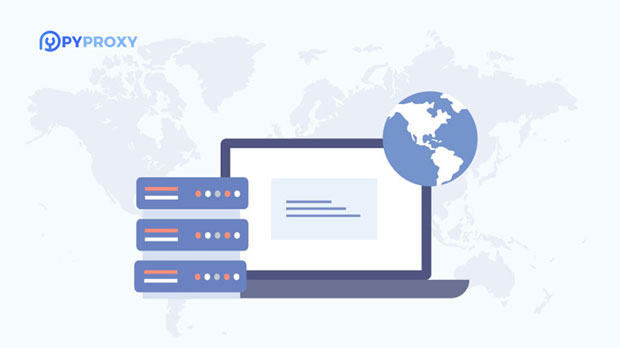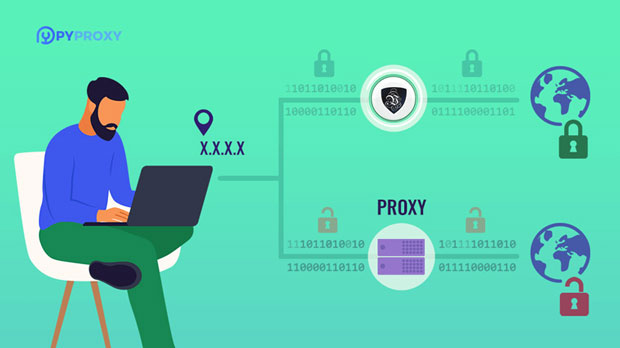When it comes to social media automation, proxies play a crucial role in maintaining anonymity, bypassing geo-restrictions, and improving the efficiency of operations. Among the various proxy services available, PYPROXY and CroxyProxy are two of the most commonly used options. While both have their unique strengths, choosing the right one for social media automation depends on a variety of factors, including speed, reliability, security, and ease of use. In this article, we will delve into a detailed comparison between PyProxy and CroxyProxy to determine which one is better suited for social media automation tasks. What is Social Media Automation and Why Are Proxies Important?Social media automation refers to the use of tools and software to automate various tasks on platforms like Instagram, Facebook, Twitter, and LinkedIn. These tasks include posting content, liking, commenting, following, and unfollowing users, as well as managing interactions. By automating these activities, businesses and individuals can save time, increase engagement, and grow their social media presence more efficiently.However, social media platforms have strict rules against spammy behavior, which often results from automation. To avoid detection and prevent account bans, using proxies is essential. Proxies help mask the user's IP address, making automation activities appear as if they come from different locations, thus reducing the risk of being flagged or blocked.Introduction to PyProxy and CroxyProxyBefore diving into the comparison, let’s briefly understand what PyProxy and CroxyProxy are:- PyProxy: This is a Python-based proxy service that offers a variety of proxy types including residential, mobile, and data center proxies. PyProxy is often preferred by developers and businesses that require high-level customization for automation tasks. It provides access to APIs that make it easier to integrate proxy services into automated workflows, making it a flexible choice for those working on social media automation.- CroxyProxy: CroxyProxy is a web-based proxy service that focuses on simplicity and ease of use. It allows users to access blocked websites through a browser interface, without requiring any advanced setup. While not as flexible as PyProxy in terms of automation integration, it can be useful for users who need a straightforward proxy solution for personal use or light social media automation.Factors to Consider in Social Media Automation ProxiesWhen selecting a proxy service for social media automation, it’s important to evaluate several factors to ensure that the service aligns with your automation goals:1. Speed and Performance: - PyProxy: Known for its fast and reliable proxies, PyProxy offers multiple types of proxies, including residential and mobile proxies, which are ideal for maintaining high-speed automation tasks. residential proxies often provide better performance because they are less likely to be blacklisted by social media platforms. - CroxyProxy: While CroxyProxy can be suitable for basic browsing, it does not offer the same level of speed and reliability as PyProxy. Its main advantage lies in its simplicity and accessibility, making it a good option for users with less demanding needs.2. Proxy Types and Availability: - PyProxy: This service excels in offering a wide range of proxies, including residential and mobile proxies. These types are crucial for social media automation because they mimic real user behavior, reducing the chances of detection by social media platforms. PyProxy allows for greater flexibility in automation tasks, making it suitable for large-scale projects that require different types of proxies. - CroxyProxy: CroxyProxy, on the other hand, primarily provides data center proxies, which are often faster but also more likely to get blocked by social media platforms. If you are running a more intense automation campaign, CroxyProxy may not be the best option for long-term use, as data center proxies can be flagged for suspicious activity.3. Security and Privacy: - PyProxy: PyProxy places a strong emphasis on security and privacy, offering encryption and support for anonymity. This is crucial for social media automation, where security breaches could lead to account suspension or data leaks. With PyProxy, users can expect enhanced privacy protection, ensuring that automation tasks are carried out without compromising personal or business data. - CroxyProxy: CroxyProxy provides basic security features but does not focus as heavily on privacy and encryption as PyProxy. For light social media automation, this may not be a significant issue, but for more sensitive operations, PyProxy's advanced security features will offer better protection.4. Ease of Integration and Automation: - PyProxy: PyProxy is designed with developers and automation professionals in mind. Its API access allows for seamless integration with social media automation tools and custom scripts. This makes it a top choice for users who need advanced control over their automation tasks. Whether you are automating Instagram follows, Twitter posts, or LinkedIn connections, PyProxy provides the flexibility to work with various social media automation tools. - CroxyProxy: CroxyProxy is primarily a browser-based solution, which makes it less ideal for integration with automation software. It is more suitable for users who are engaging in simple, manual automation or need to access blocked social media content without advanced scripting. If you’re looking for a full-scale automated solution, PyProxy is the more robust choice.Scalability and Long-Term Use- PyProxy: When it comes to scalability, PyProxy is the clear winner. Its ability to handle a large number of concurrent requests, coupled with its wide range of proxies, makes it perfect for social media automation at scale. Whether you are managing hundreds of accounts or running complex campaigns across multiple platforms, PyProxy can accommodate the growing demands of your automation needs.- CroxyProxy: While CroxyProxy is user-friendly, it is not built for large-scale automation. It’s more suited for individuals or small businesses with moderate automation requirements. As your automation efforts grow, you might face limitations in terms of proxy availability and performance.Cost Comparison- PyProxy: PyProxy offers a premium service with higher costs associated with its quality and flexibility. However, for businesses looking to run large-scale or high-impact social media automation campaigns, the investment in PyProxy will pay off in terms of performance, security, and scalability.- CroxyProxy: CroxyProxy is a more budget-friendly option, making it suitable for smaller-scale projects or individual users. However, for long-term social media automation, the limitations in terms of speed and proxy variety could lead to additional costs down the line if you need to switch to a more robust service.Conclusion: Which One is Best for Social Media Automation?In the end, PyProxy stands out as the better choice for social media automation, particularly for businesses and professionals who require high-speed, secure, and scalable solutions. Its diverse range of proxies, ease of integration, and emphasis on privacy and security make it the optimal choice for those engaging in intensive automation tasks.CroxyProxy, while suitable for basic tasks and individuals with light automation needs, does not offer the same level of flexibility, performance, or security as PyProxy. For more serious social media automation efforts, PyProxy is the more reliable and efficient option.When making your decision, consider your specific automation needs, the scale of your operations, and the level of security required. Ultimately, investing in a quality proxy service like PyProxy will help ensure smoother, safer, and more effective social media automation.
Mar 21, 2025
![arrow]()



























































